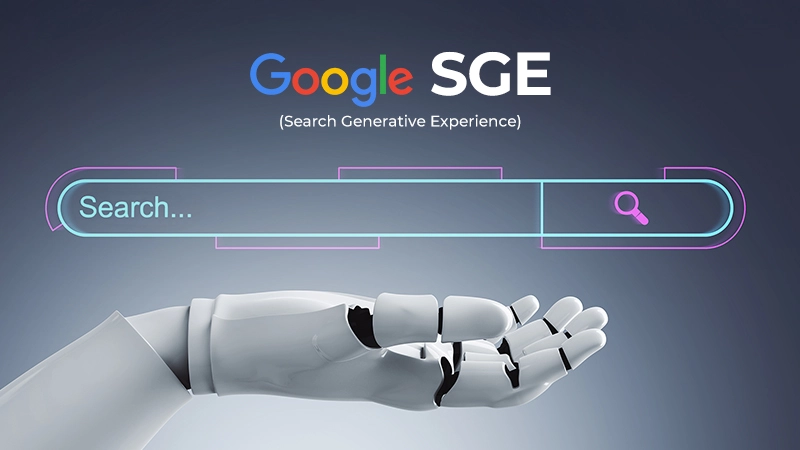
Imagine you’re launching a new product in your e-commerce store. You’ve got strong branding, great imagery, and a well-designed website. But the moment that product hits social feeds, you realise something: visibility alone isn’t enough. What turns visibility into real connection, real traction, and real conversion is influence and that’s where smart influencer marketing comes in.
Why Now Is Your Moment
In 2025, the creator economy is no longer a buzzword; it’s a strategic lever. Brands around the world are shifting from one-off shout-outs toward long‐term creator ecosystems. Research indicates that 63.8% of brands intend to partner with influencers this year, and over 80% consider influencer programs highly effective.
For an e-commerce business, this means the opportunity is not just to add creators, but to elevate how you do it, intentionally, measurably, and aligned with your brand story.
Phase 1: Beginner, Laying the Foundation
What you do: Start with clarity. Define why you want to use influencers. Is it awareness, conversion, loyalty, or all three?
How you do it:
Map your brand values and your ideal customer journey.
Use that map to select creators whose audience, style, and voice genuinely reflect your brand.
Commit to metrics beyond likes, reach, comments, saves, traffic, and conversion.
As you build these foundations, think of this as early steps in your influencer marketing strategies, strong groundwork pays off.
Phase 2: Intermediate – Building Momentum
Once your initial collaborations are live, it’s time to shift from ad-hoc campaigns to structured workflows:
Develop a content calendar that spans platforms (Instagram Reels, TikTok, YouTube Shorts, etc.).
Embrace omnichannel thinking—your influencer’s post might live on Stories, be amplified in email, and linked in a landing page.
Sprinklr
+1
Track micro-moments of engagement and identify which creators drive not just exposure, but action.
At this stage, you’re refining your influencer marketing approach, making it repeatable, assessing what works, and adjusting as you go.
Phase 3: Pro – Influencers as Integrated Strategy
Here’s where brands leap ahead. Influence becomes seamlessly woven into the fabric of your e-commerce engine.
What this looks like:
Long-term partnerships with creators who know your brand deeply—trusted voices, not one-night stands.
Performance-based models (e.g., affiliate commissions, co-created content) rather than flat payments.
AI and data-driven tools are powering creator discovery, campaign optimisation and rights management.
In this phase, your influencer marketing strategies aren’t standalone—they’re part of the full funnel: awareness → consideration → conversion → loyalty.
When to Upgrade Your Strategy
You’ll know it’s time to move from beginner to intermediate when you see consistent quality content, steady engagement, and measurable traffic from your influencer collaborations.
You move into pro territory when creators become brand ambassadors, campaigns are predictable, ROI is clear, and you’re scaling, not experimenting.
How to Make Influence Work for Your E-commerce Brand
1. Select creators who reflect your authentic story. Micro- and mid-tier creators often deliver higher engagement and trust than big names.
PR Newswire
2. Make every collaboration count. Instead of scatter-shot posts, plan for value: tutorials, behind-the-scenes, customer stories.
3. Build for the long term. Ongoing creator relationships win over one-offs every time.
4. Use data, but don’t lose heart. Metrics matter, but remember the human connection behind each post, the real meaning.
5. Be agile. The platforms, the audience behaviours, the formats—they’re shifting fast in 2025.
A Quick Look at Three Distinct Trends in 2025
Community over celebrity: Consumers favour creators they feel they “know” and trust; micro-influencers are handling more of the real pressure.
Live commerce & short-form boom: Real-time interaction, shoppable stories, and short videos dominate the conversion path.
Full-funnel thinking with AI: From discovery to rights management, AI is becoming central to effective campaigns.
Why The VirtualSalt Approach Makes Sense for E-commerce
In the chaos of new tools and hungry feeds, agencies like The VirtualSalt help brands cut through. They bring the story, the creators, and the strategy together, so your influencer marketing is not just “visibility,” but real, connected growth.
They help you ask the right question: “How do creators amplify our story, not just our logo?” And they build the roadmap that takes you from beginner (just getting started) to pro (influence that scales and converts).
Final Takeaway
If you’re in e-commerce and you’re still viewing influencer marketing as “nice to have,” it’s time to rethink. As shift after shift keeps coming, platforms, formats, creator expectations, what will win isn’t flash, but finesse.
Elevate your craft. Treat creators as partners. Build your strategy for 2025 and beyond. The roadmap is clear. The opportunity is here.
